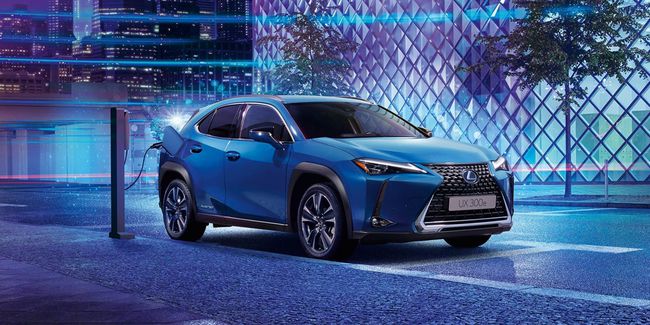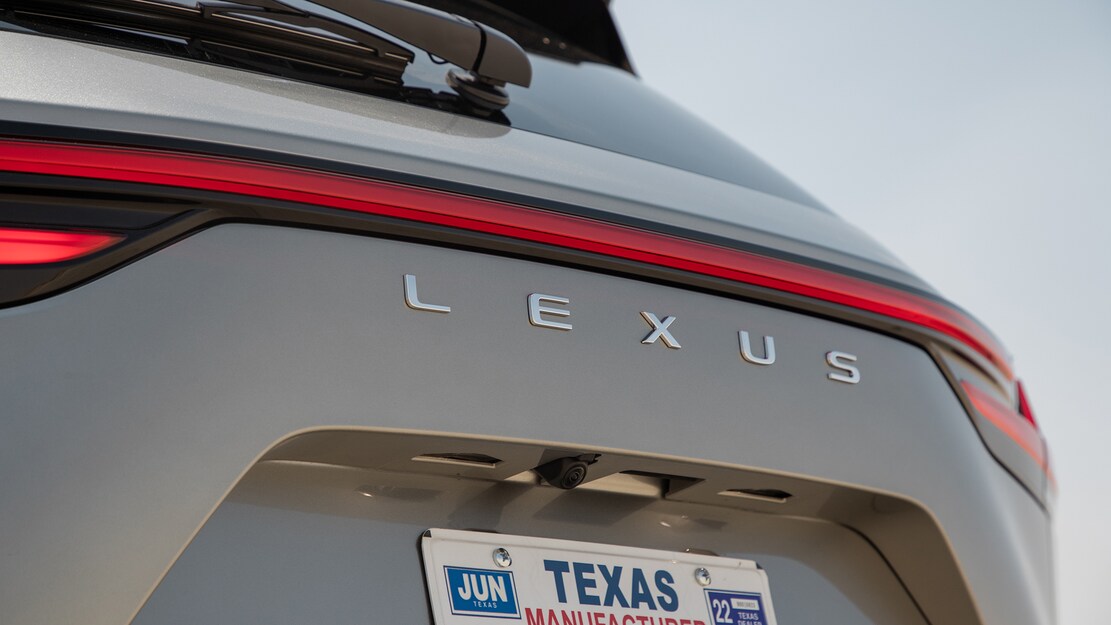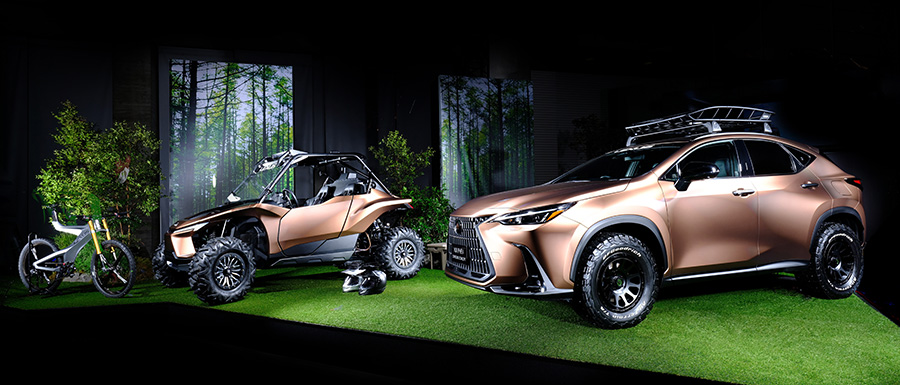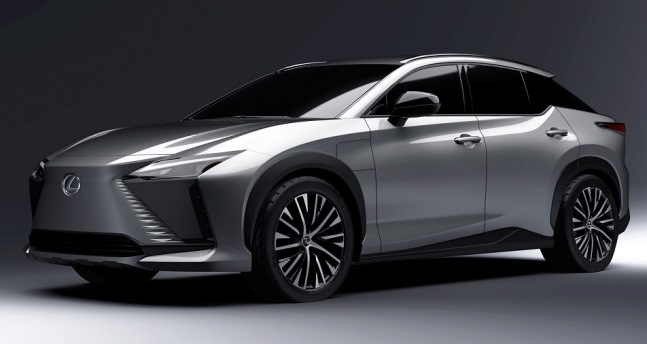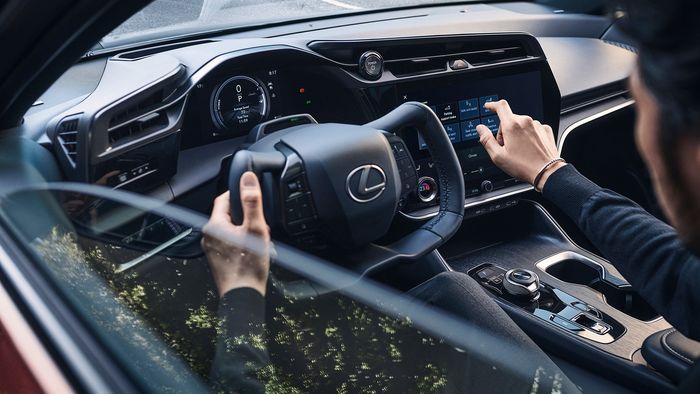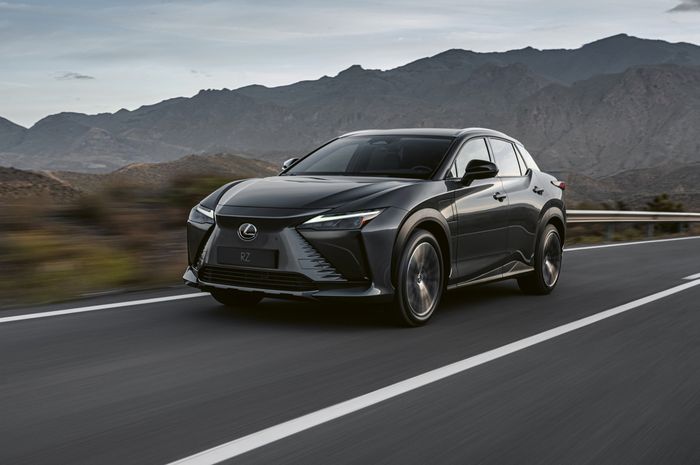The Lexus UX 300e uses a Permanent Magnet Motor, which is Lexus’ first electric motor with 200 hp and 300 Nm of torque. This car is equipped with a lithium ion battery with a capacity of 54.3 kWh with 288 large capacity battery cells.
The specs of this electric car are quite equivalent to a gasoline engine with a capacity of 2,000 cc to 2,500 cc. However, the character of an electric car feels different when compared to a conventional car. Acceleration that can be achieved from the bottom lap without significant difficulty, makes this car so agile on the highway.
See also: Toyota invest $35 billion to launch 30 electric cars By 2030
In Eco mode, the acceleration of the car feels so fast. If you are ready with a fierce performance, please switch to Sport mode. Then the car seemed to invite the driver to be more reckless. In addition to having a powerful kitchen runway, the control of this car is also fairly good for a compact SUV. Symptoms of unsteady when driving at high speed is quite minimal. Moreover, the suspension slams are also very good, tending to be like European cars which are not hard but also not too soft.
The UX 300e also provides a regenerative brake feature that can save energy when decelerating. This feature can be used with a lever that resembles a paddle shift behind the wheel. The lever on the right serves to reduce the effect of the regenerative brake, while the one on the left is to increase it. But this car only provides three levels of regenerative brakes. The lever can not be pressed continuously. So it is not possible to drive with only one pedal.
See also: Lexus released teaser images showing RZ EV
The tightness of the cabin of this car is also good, while driving we only heard the noise from the wheels. Visibility is the same, because of the relatively compact body size. Meanwhile, talking about the efficiency of the UX 300e’s electric power, when driving on routes outside the city with a distance of 587.9 km, the power consumption recorded on the MID of this car produces 6.4 km per kWh. This means that with a battery capacity of 54.3 kWh, this car can actually go up to 460.7 km, further than the manufacturer’s claimed mileage of 300 km.

